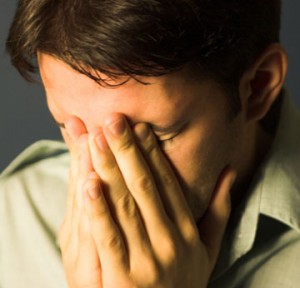
Effects of Hallucinogens
Several drugs of abuse are considered to be hallucinogens. The three types of hallucinogens are: psychedelics, dissociatives, and deliriants. They are so powerful that they can change your perception, thoughts, emotions, and consciousness. They have short-term and long-term effects. Abusers become detached from reality and often exhibit bizarre behavior. LSD is the most widely used hallucinogen. It is dangerous because it can cause psychotic-like episodes a long time after the drug has been ingested.
Hallucinogenic Compounds
Some plants and Psilocybin mushrooms contain hallucinogenic compounds. Most of them are made up of nitrogen, and their structure is similar to neurotransmitters. LSD, Peyote, Hashish THC, Mescaline, and PCP are common hallucinogens. Studies show that the effects of hallucinogens are variable and extremely unpredictable. One common trait is that the drugs distort a persons perception of reality. Lysergic acid diethylamide is the most potent hallucinogen. It is a synthetic substance that was widely abused in the 1960s. It can produce delusions, hallucinations, and distortion of reality. It is sold in liquid form and taken by mouth. It is easy to disguise because it is colorless, odorless, and has a very mild bitter taste. If ingested in a large quantity, the user may feel despair and terror. Peyote is a cactus plant that has psychoactive alkaloids. This is one of the non-synthetic hallucinogens with a history of ritualistic and medicinal uses. Dosage is measured by dry buttons. The negative side effects are paranoia, anxiety, emotional instability, and high blood pressure. In rare cases, users have committed homicide and/or suicide. Phencyclidine, a synthetic dissociative substance, is one of the most well known hallucinogens. People on the street call it Angel Dust. It can be eaten, snorted, injected, or smoked. A high can be felt within a few minutes. Sometimes it stays in the body for up to 51 hours. There are many dangerous side effects that can occur. Abusers experience distortions of perception, sight, and sound. The symptoms are similar to those of a schizophrenic. There have been cases where users have super-human strength when they are under the influence of PCP. They may not feel pain because their perception of sensory stimuli is altered.
Unfortunately, many people in the United States abuse hallucinogens. Their goal is to alter their mood in order to feel better. The experiences produced can be pleasurable or very scary. There is no proof that they increase creativity or have any therapeutic value. Roughly 5,000 people end up in the emergency room after they use LSD. A hospital stay can cause financial hardship for a lot of Americans who are uninsured. Another alarming fact is drug abuse can actually facilitate mental illness in persons who are predisposed to mental health conditions.
The Negative Side Effects
The negative side effects of drug abuse outnumber any benefits that may exist. People lose inhibitions and become detached from reality when they use hallucinogens. They may engage in criminal activity or self-destructive behavior. It is expensive and unhealthy to maintain an illegal drug habit. The laws exist to protect people. The dissociative anesthetics lead to mind-altering experiences. Lately, children and teens have been ingesting cough suppressants to get high. The ingredient Dextromethorphan is similar to PCP. Pharmacies and drug stores now require proof of age before they sell these products. PCP is particularly dangerous because it may stay in the body for as much as 51 hours.
